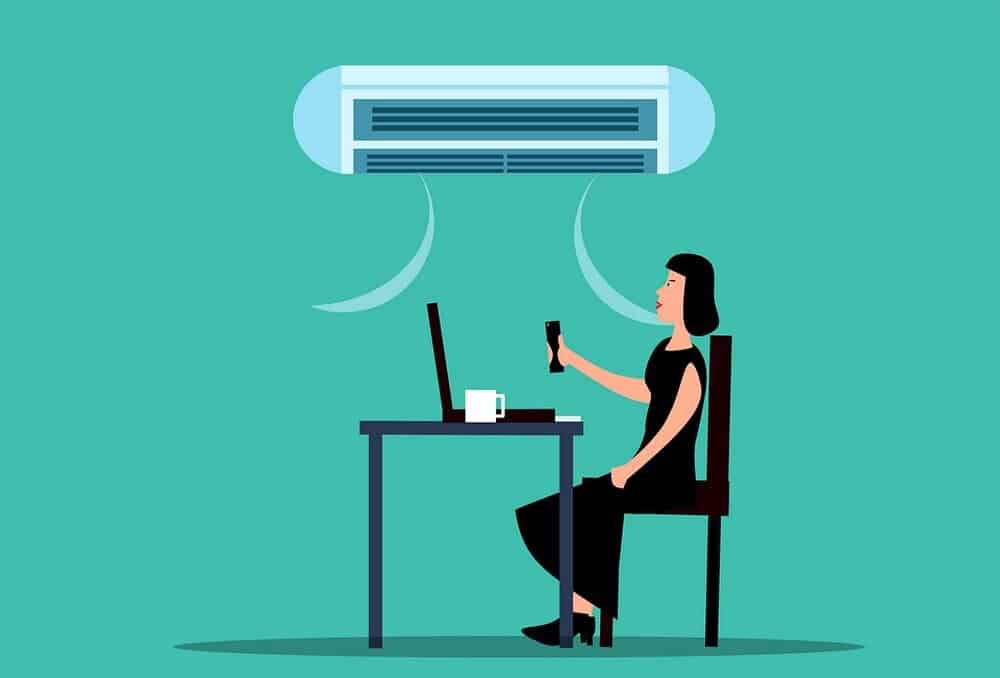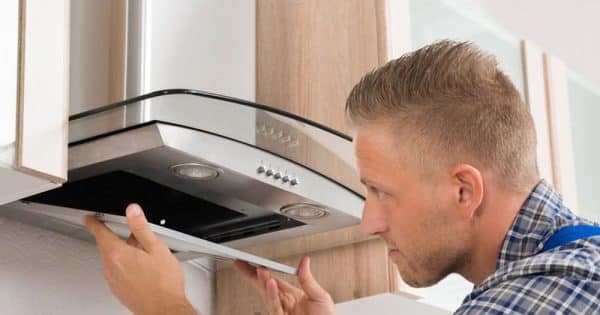
The demand for good indoor air quality has surged as more people become aware of the benefits of clean and healthy indoor environments. Poor indoor air quality can affect your general health and well-being, thanks to the surging amount of contaminants released into the air daily. Fortunately, modern office designs have embraced the need for better ventilation.
Interestingly, most people rely on heating and air conditioning systems to clean the indoor air of their office buildings, completely unaware that these systems can also contribute to poor IAQ. While HVAC systems with high-quality air filters, such as the MERV 8 filter, can reduce the amount of contaminants in an office building, poorly maintained HVAC units contribute to poor air quality. Below are some signs that your office block has an air quality issue;
1.Coughing and difficulty in breathing
Trouble breathing and random coughs that aren’t related to any underlying medical condition signify diminished air quality in your office. These are signs that your employees or office occupant are breathing air with a lot of particles, including dust, pet hair, dander, and other allergens. If these symptoms occur even to those without prior respiratory problems, you should consider conducting an air quality test.
2.Sneezing and allergic reaction
Allergic reactions and sneezing are common for those with known allergies. However, if employees without known allergies start sneezing or develop symptoms of allergic reactions, your air quality might be the issue. Poor air quality also aggravates the allergic symptoms of those with existing allergies.
If this occurs, inspect to confirm that your air filtration system is working perfectly. You may have to change your air filters if these symptoms persist.
3.Headaches and nausea
Apart from typical air contaminants, such as dust and pollen, air can also be contaminated by volatile organic compounds, such as cleaning products and pesticides. These are the main causes of headaches and nausea in an office setting. Other dangerous, volatile organic compounds include carbon monoxide and fumes, which can cause employee dizziness at work.
These symptoms are debilitating, and you should consider improving your air filtration systems, such as using activated carbon filters, to eliminate harmful compounds. You should also consider redesigning your office workspace to improve ventilation.

4.Quick dust buildup
While dust is normal regardless of the location of your office building, quick dust buildup indicates the presence of large volumes of air pollutants. Dirty buildings trigger asthma and allergic symptoms in their occupants. If your building requires regular dusting to stay clean, you might have ventilation and air quality issues.
5.Unpleasant odors
Unpleasant odors in the office may be brought by office furnishings, body odor, food, and chemicals. However, it could also be from mildew, mold, and pollen accumulation in your HVAC ducts. Continuous exposure to unpleasant odors can lead to sick building syndrome, which one study confirmed that people present with SBS syndromes when exposed to a specific odor.
Persistent unpleasant smell in your office is a sign of poorly functioning ventilation systems. Therefore, you should conduct an HVAC assessment and install new air purifiers.
Endnote
Bacteria, dirt, dust, pet dander, pollen, debris, virus, and volatile organic compounds can compromise indoor air quality. You should address any doubts about poor indoor air quality immediately. Take note if your employees complain of irritability, sneezing, headache, fatigue, dry mucous membranes, nausea, and runny nose only when in their workplace and feel relieved when they leave the building.








